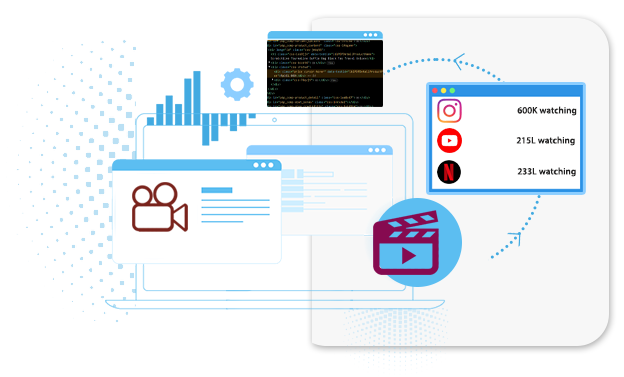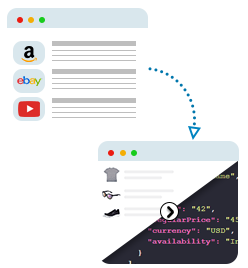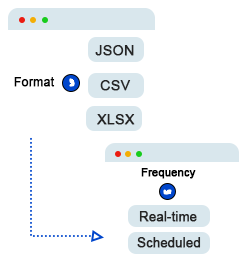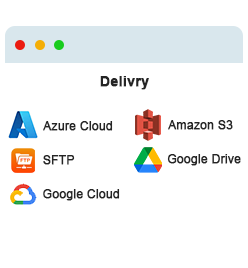Video data scraping enables extracting and analyzing valuable information from various video sources, including online platforms, surveillance cameras, and recorded media. This technology utilizes specialized algorithms and tools to automatically collect, process, and categorize video content, making it accessible for various applications. Scraping video data can harness the wealth of visual information embedded in videos for numerous purposes. Whether you're a marketing professional looking to understand better consumer behavior, a content creator seeking inspiration, or a data scientist working on pattern recognition, video data scraping can be invaluable.
Leverage our video data scraping services to unlock the full potential of visual content in today's data-driven world. Our cutting-edge technology allows you to efficiently extract valuable insights, track emerging trends, and gain a competitive edge in your industry across the USA, Canada, UK, Dubai, Australia, India, Germany, France, UAE, Spain, Philippines, and Mexico.







